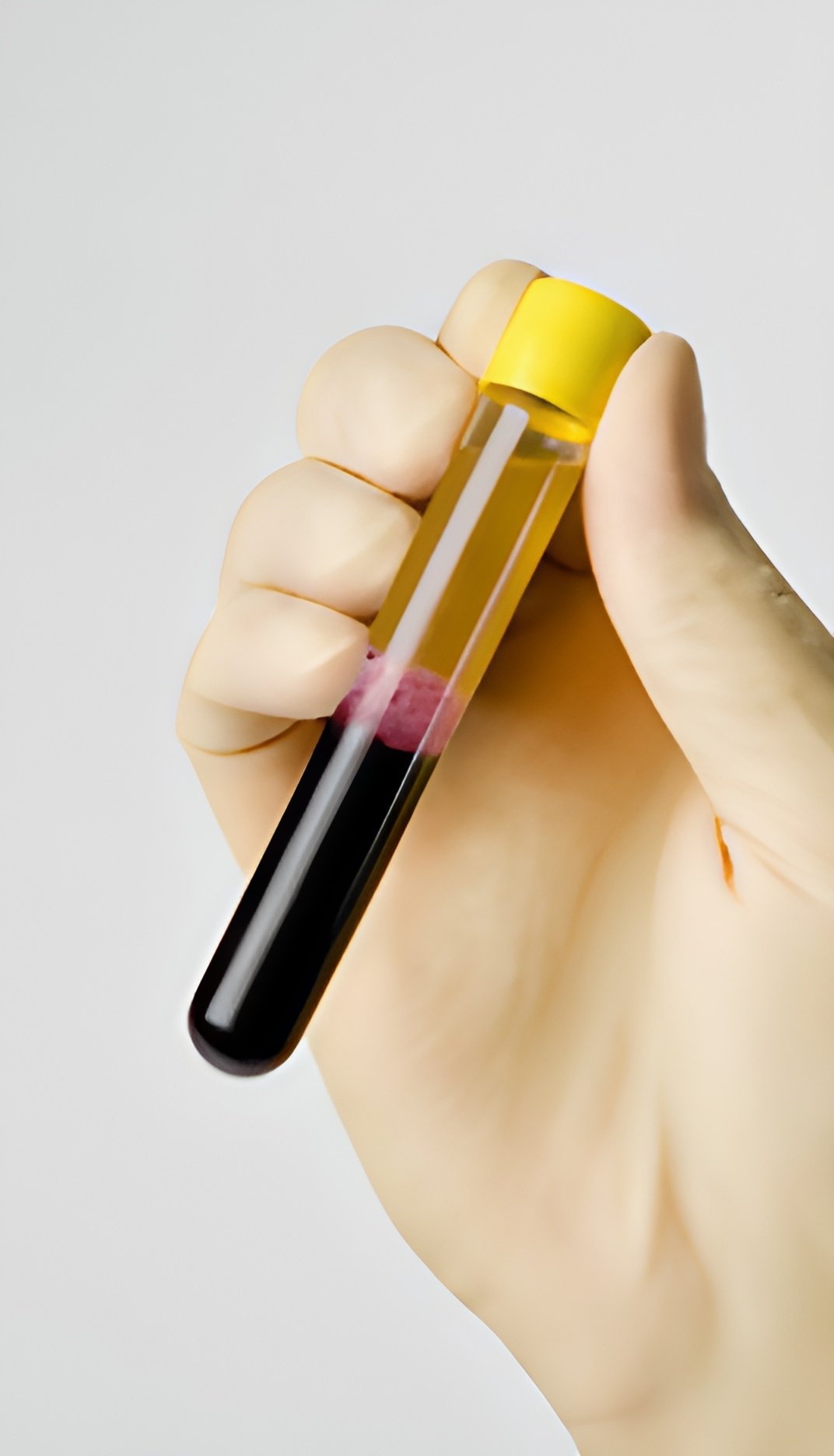platelet-rich plasma (prp)
Utilizing the SELPHYL® PRFM (Platelet-Rich Fibrin Matrix) system, PRP is an innovative technology that uses a person’s own blood to treat various conditions, decreasing the chances of having a negative reaction to the treatment. Plasma contains a large amount of platelets. These platelets are rich in growth factors and proteins, which are critical for healing and tissue regeneration.

USES FOR PRP
Vaginal dryness
Acute and chronic knee pain
Hair loss
Vaginal pain with intercourse
Acute and chronic shoulder pain
Women who have difficulty achieving (or unable to achieve) orgasms
STEPS TO GET PRP
Draw the patient’s blood.
Spin the blood in a centrifuge to separate red blood cells from plasma.
Transfer the plasma to the Selphyl system.
Inject the PRP into the targeted area.
Improves the stability and longevity of platelets and growth factors, maximizing their regenerative potential.
COMPARED TO TRADITIONAL PRP, PRFM…
Has a slower, sustained release of growth factors (up to 7 days, compared to up to 2 days for traditional PRP) which gets the most out of their regenerative potential.
Frequently Asked Questions
-
PRP therapy is generally considered safe because it uses the patient's own blood, minimizing the risk of allergic reactions or transmission of infections. However, as with any procedure, there may be some risks and side effects, which should be discussed with your healthcare provider.
-
Most people will require three treatments (once a month for 3 months), and then a maintenance treatment once a year.
-
It is minimally painful, if at all. For more sensitive areas, topical numbing cream is used prior to injection.
-
Downtime can vary depending on the treatment area and individual healing responses. Most patients return to their normal activities shortly after the procedure, but mild swelling or tenderness may occur.
-
Results can vary by individual and treatment type. Some patients may notice improvements within a few weeks, while others might take longer to see results as the healing process progresses.
-
PRP may not be suitable for individuals with certain medical conditions, such as active infections, blood disorders, or those taking specific medications. A thorough evaluation by a healthcare provider will help determine if PRP is appropriate for you.
-
The longevity of PRP results can differ depending on various factors, including the area treated and the individual's overall health. In many cases, results can be maintained with regular follow-up treatments as advised by your healthcare provider, usually about once a year.


